How Robots Optimize Productions
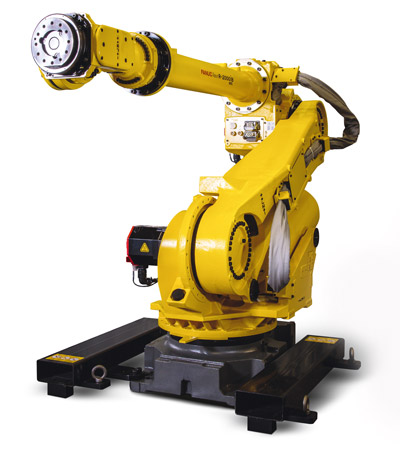
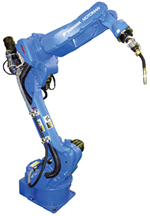
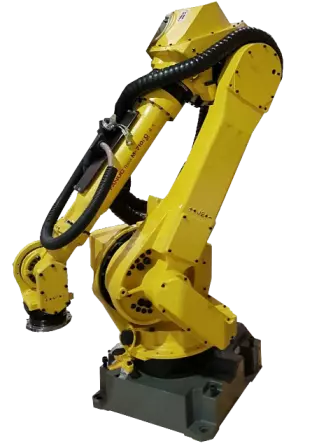
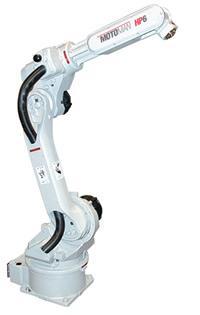
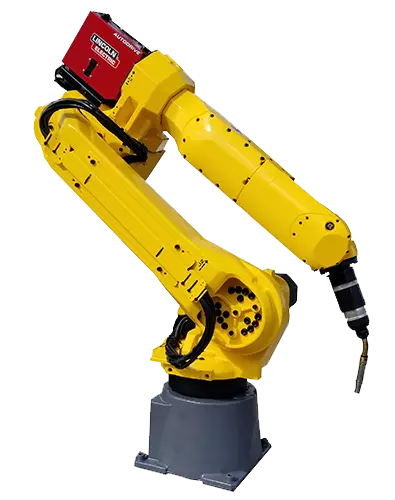
Companies looking to create more efficient productions have been turning to robotic automation. Implementing industrial robots can significantly improve manufacturing processes through higher productivity, greater accuracy, faster cycle times, and better ergonomics. Below is a look at the key ways in which industrial robots optimize production floors.
- • Multipurpose Operation - Most industrial robot arms are multipurpose meaning they have the ability to perform numerous applications. A single FANUC M-10ia can automate material handling, assembly, and material removal processes. Integrating a tool changer allows the M-10ia to automatically switch tooling to automate a sequence of processes. The robotic manipulator can also be reassigned tasks daily, weekly, or monthly. Companies can automate multiple processes within a production with a single manufacturing robot arm, creating a much more efficient operation. Instead of multiple workers or pieces of equipment a single robot is all that is needed.
- • Error Mitigation - Factory robots are extremely accurate, as they are programmed to replicate tasks without deviation. Each workpiece is the same as the one before and after it. Product quality increases with fewer errors occurring while also becoming consistent. Fewer errors to correct means less rework and material waste. Raw materials can be transformed into finished goods in less time, resulting in shorter cycle runs.
- • Consistent Labor - Relying on humans for performing manufacturing processes often results in inconsistent labor. Human workers require breaks, can tire easily, and become distracted. They also may take unplanned time off due to injury or illness. All of these factors can increase downtime and negatively impact productivity. The Yaskawa MH180 and other articulated robots make manufacturing operations reliable with their consistent labor. robot manipulators do not require breaks or time off. Unplanned downtime with robots is extremely rare, operations will be able to run continuously and smoothly.
- • Longer Operation Hours - In addition to more consistent labor, industrial robotic arms also optimize productions with their long runtimes. Six axis robots are capable of operating around the clock. Human workers on the other hand are limited to a certain number of hours per shift. The ability to operate handling robots twenty-four hours a day means greater throughput and productivity per day.
- • Higher Output - The result of consistent and longer runtimes of robots is increased output. Companies are not limited to certain hours or how many workers they have available. The reliability, speed, and consistency of the ABB 2400 ensures higher output. When customer demand grows, companies can meet the higher productivity demands as robots are scaleable. There is no need to purchase extra equipment or add additional workers as robots can adjust to higher output needs.
- • Safer Work Environment - Automating manufacturing with robots creates a safer work environment. Implementing robots has shown to significantly reduce work related accidents and injuries. Robots are better equipped to perform hazardous or back breaking work. Fewer accidents and injuries means less disruptions to manufacturing.
- • Reduced Costs - One of the key metrics to optimizing productions is a reduction in costs. Robots reduce material, labor, and utility costs, resulting in major savings for companies. Robots are less expensive to run and maintain than manual labor which creates healthier profit margins.
Robots Done Right is the place to start when it comes to used robots. Contact us if you are interested in buying or selling a used robot.